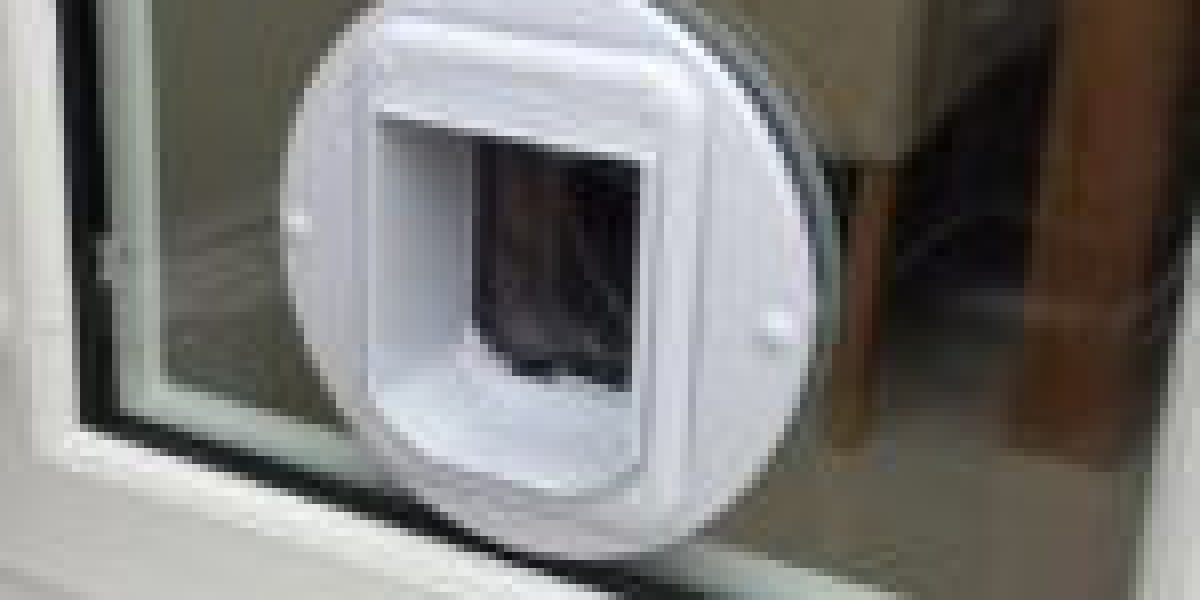Quick Cat Flap Installation: A Comprehensive Guide

As any cat owner understands, providing a safe and practical way for your feline buddy to go into and exit your home is necessary. One of the most popular services is a cat flap, which allows your cat to come and go as they please while keeping other animals out. However, installing a cat flap can be a challenging job, particularly for those who are not helpful with tools. In this article, we will supply a detailed guide on quick cat flap installation, including the advantages, kinds of cat flaps, and a step-by-step installation process.
Advantages of a Cat Flap
A cat flap is an easy and effective way to supply your cat with the flexibility to get in and leave the house without the requirement for constant supervision. Some of the advantages of a cat flap consist of:
- Convenience: A cat flap enables your cat to come and go as they please, without the requirement for you to constantly open and close the door.
- Energy effectiveness: By allowing your indoor cat door installation to get in and exit the house through a small opening, you can lower heat loss and keep your home warm in the winter and cool in the summer season.
- Increased security: A cat flap reduces the threat of your cat being injured by an automobile or other animal, as they can enter and leave your home securely.
- Decreased tension: A cat flap can help in reducing tension for both you and your cat, as you will no longer require to fret about constantly opening and closing the door.
Types of Cat Flaps
There are numerous types of cat flaps readily available on the marketplace, consisting of:
- Manual Cat Flap: A manual cat flap is one of the most standard type of cat flap and requires your cat to push through a flap to enter or leave your home.
- Automatic Cat Flap: An automated cat flap utilizes a sensing unit to detect your cat's presence and opens and closes instantly.
- Microchip Cat Flap: A microchip cat flap uses a microchip placed into your cat's skin to spot their existence and open the flap.
- Magnetic Cat Flap: A magnetic cat flap utilizes a magnet to find your cat's presence and open the flap.
Tools and Materials Needed
Before starting the installation process, you will need to gather the following tools and materials:
- Cat flap
- Drill and bits
- Saw or jigsaw
- Tape step
- Level
- Pencil and marker
- Weatherproofing materials (optional)
Step-by-Step Installation Process
Setting up a cat flap is a fairly straightforward process that can be finished in a couple of hours. Here is a step-by-step guide:
- Choose the location: Choose an area for the cat flap that is safe and hassle-free for your cat. Preferably, this need to be a door or wall that leads directly outside.
- Step the area: Measure the location where you plan to install the cat flap to make sure that it fits snugly.
- Mark the area: Use a pencil and marker to mark the location where you prepare to install the cat flap.
- Cut the hole: Use a saw or jigsaw to cut a hole in the door or wall that is slightly bigger than the cat flap.
- Install the cat flap: Place the cat flap in the hole and protect it with screws or nails.
- Include weatherproofing products: If preferred, add weatherproofing materials such as caulk or weatherstripping to avoid air leaks and wetness from entering your house.
- Evaluate the cat flap: Test the cat flap to make sure that it is working correctly and that your cat can get in and leave your home securely.
Tips and Tricks
Here are a few tips and tricks to remember when installing a cat flap:
- Use a level: Use a level to guarantee that the cat flap is set up directly and level.
- Usage weatherproofing materials: Use weatherproofing products to prevent air leaks and wetness from entering your house.
- Consider the size: Consider the size of your cat when choosing a cat flap to make sure that it is big enough for them to go into and exit easily.
Frequently Asked Questions
Here are a few often asked questions about cat flaps and their installation:
Q: What is the best kind of cat flap for my cat?A: The best kind of cat flap for your cat will depend upon their private needs and choices. Consider elements such as size, ease of use, and security when choosing a cat flap.
Q: How do I set up a cat flap in a brick wall?A: Installing a cat flap in a brick wall can be more tough than setting up one in a door or wood wall. You might require to use a specialized drill bit and anchor to secure the cat flap in location.
Q: Can I set up a cat flap myself?A: Yes, installing a cat flap is a fairly straightforward process that can be finished by a DIY enthusiast. Nevertheless, if you are not comfy with tools or are unsure about the installation process, it may be best to hire a professional.
Q: How much does a cat flap cost?A: The cost of a cat flap can differ depending upon the type and quality of the product. On average, a fundamental cat flap can cost in between ₤ 20 and ₤ 50, while an advanced model can cost upwards of ₤ 100.
In conclusion, installing a cat flap is a quick and easy way to supply your cat with the liberty to go into and leave your house as they please. By following the actions detailed in this article, you can ensure a safe and hassle-free installation process that fulfills the requirements of both you and your feline good friend.
List of Cat Flap Manufacturers
Here is a list of popular cat flap manufacturers:
- PetSafe
- Staywell
- SureFlap
- Cat flap Pro
- pet lifestyle door installation Tek
List of Cat Flap Installation Tips
Here is a list of cat flap specialist flap installation tips:
- Use a level to ensure that the residential cat door installation flap is set up directly and level.
- Usage weatherproofing materials to prevent air leaks and moisture from entering your home.
- Consider the size of your cat when selecting a cat flap.
- Pick a location for the cat flap that is safe and practical for your cat.
- Test the cat flap to make sure that it is working appropriately and that your cat can go into and leave your house safely.








